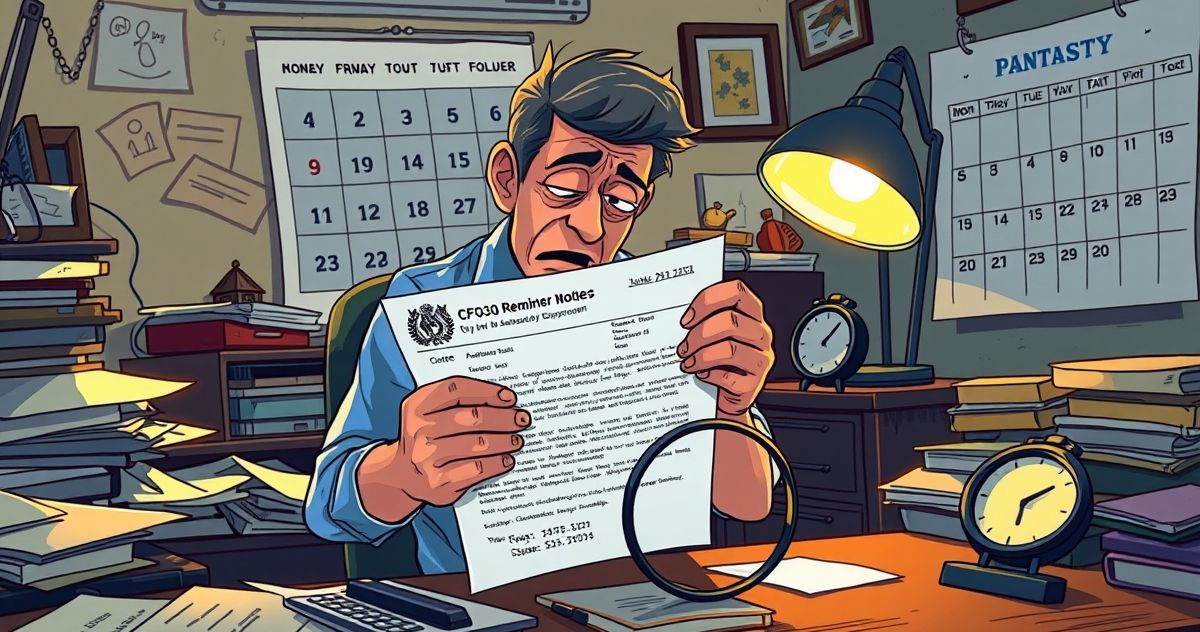Understanding the CP503Q Reminder
The CP503Q Reminder is an official Internal Revenue Service (IRS) notice sent to U.S. taxpayers who have not resolved an existing tax balance. This notification serves as an alert regarding overdue taxes, necessitating prompt attention to prevent further financial consequences. Understanding the purpose of the CP503Q Reminder, its key features, compliance requirements, and potential penalties is vital for effective tax resolution.
What Is the CP503Q Reminder?
The CP503Q Reminder is a follow-up notice specifically aimed at taxpayers with outstanding tax liabilities. Unlike initial notices, which may simply inform of potential discrepancies or amounts due, the CP503Q is a warning that the taxpayer’s unpaid balance has not been addressed. The notice identifies the extent of outstanding debts and urges immediate action to manage the taxpayer’s obligations satisfactorily.
Primary Purpose of the CP503Q Reminder
The primary role of the CP503Q Reminder is to inform and remind taxpayers of their overdue tax obligations. It emphasizes the urgency required in addressing the existing balance to avoid potential enforcement actions by the IRS, such as liens or levies. The reminder acts as an official communication that aims to:
- Increase taxpayer awareness about the outstanding tax balance.
- Prevent further accumulation of interest and penalties.
- Guide the taxpayer towards available resolution mechanisms.
Key Features of the CP503Q Reminder
The CP503Q Reminder typically includes several crucial components aimed at assisting taxpayers in addressing their tax debt effectively, such as:
- Details of Outstanding Balance: A clear outline of the unpaid amount, including the principal and any accrued penalties or interest.
- Payment Options: Instructions on how to pay the outstanding balance, including electronic payment methods, direct debit, or mailing a check.
- Contact Information: Essential contact details of IRS offices to assist with inquiries or disputes regarding the notice.
- Deadline for Action: A specified date by which the taxpayer must respond or take action to mitigate further consequences.
Compliance Requirements for the CP503Q Reminder
To comply with the CP503Q Reminder, taxpayers must promptly address the significant components detailed in the notice. This involves:
- Paying the full balance by the deadline specified.
- Entering into a payment agreement if unable to pay the entire debt immediately. Options may include installment agreements or an offer in compromise.
- Reviewing the accuracy of the notice, verifying the amounts, and ensuring that all reporting is correct.
- Contacting the IRS for dispute resolution if discrepancies are discovered.
Penalties and Consequences for Non-Compliance
Failure to respond adequately to a CP503Q Reminder can result in several severe consequences:
- Increased Penalties and Interest: Unresolved balances continue to accrue interest and may incur additional penalties, accelerating the taxpayer’s financial burden.
- IRS Collection Actions: Non-compliance may lead to enforced collection activities such as bank levies or wage garnishments.
- Damage to Credit Rating: Aggressive collections and unresolved debts can significantly impact the taxpayer’s credit report, affecting future financial transactions.
Ensuring prompt action can prevent these severe repercussions and support maintaining a positive financial standing.
Importance in Tax Resolution
The CP503Q Reminder is integral to tax debt resolution by spotlighting the urgency of the taxpayer’s responsibility to settle outstanding debts. It serves several roles in efficient tax management by:
- Encouraging prompt responses, thereby forestalling further penalties and interest accrual.
- Allowing negotiation avenues for manageable payment solutions, which may include installment plans adjusted to the taxpayer’s financial situation.
- Offering a structured timeline that fosters disciplined financial compliance.
By following the guidelines and timelines stipulated in the CP503Q Reminder, taxpayers can maintain effective communication lines with the IRS, manage their liabilities, and potentially prevent escalated enforcement actions.
Conclusion
The CP503Q Reminder stands as a critical instrument in the realm of tax compliance, emphasizing the necessity for timely settlements of overdue tax accounts to avoid serious consequences. Taxpayers receiving such notices must thoroughly understand the accompanying instructions and requirements to avoid elevated penalties and enforcement actions. Through diligent attention to the CP503Q Reminder, taxpayers can enhance their fiscal responsibility, maintain favorable standings with the IRS, and secure more stable financial futures.

